7ml & 20ml Glass Disposable Scintillation Vials
* 7ml & 20ml Glass Disposable Scintillation Vials Capacity
* Manufactured from US Clear C-33 borosilicate glass
* Choose from PP and Urea cap and variety of liners
* Cellular tray packaging,Shrink-wrapped to preserve cleanlines
With attached 15mm/ 22mm, polypropylene and Urea caps. Made of low-potassium borosilicate glass to critical manufacturing tolerances, ensuring reliable, consistent results in scintillation counting. Background Counts remain low and ultraviolet transmission high. Vials are designed to load properly into scintillation counting equipment without jamming or breaking. Tight-fitting caps have tops suitable for writing. Vials with attached or unattached screw-cap. Volume: 20Ml. Dimensions with caps on: 28×61 mm.
Disposable scintillation vials designed to safely hold radioactive cocktails for use in liquid scintillation counting, beta/gamma counting, and sample storage. Products may include closures, and multiple vial volumes are available.
- Efficient Liquid Scintillation Counting: Rely on our 7ml/20ml disposable scintillation vials to optimize liquid scintillation counting processes. Engineered for superior light emission, these 7ml/20ml vials enhance the sensitivity of your measurements, ensuring that even low-energy radioisotopes are accurately detected. Elevate your radiometric assays with confidence.
- Minimized Background Noise: Experience unparalleled clarity in your scintillation assays. Our 7ml/20ml disposable scintillation vials are designed to minimize background noise, providing a clean signal for your measurements. This feature is particularly crucial in applications where precision is paramount, allowing you to distinguish signals with utmost accuracy.
- Chemical Resistance for Diverse Applications: Our 7ml and 20ml disposable scintillation vials boast exceptional chemical resistance, making them suitable for a wide range of applications. Whether you are working with organic solvents or aqueous solutions, these vials especially 20ml glass scintillation vials maintain their structural integrity, ensuring reliable and consistent performance across diverse experimental conditions.
- Sample Preservation and Stability: Safeguard the stability of your samples with our 7ml & 20ml disposable scintillation vials. The premium materials used in their construction protect against sample degradation, preserving the characteristics of your radioactive samples. This feature is essential for longitudinal studies and experiments requiring extended storage periods.
- Easy Handling and Identification: Streamline your laboratory workflow with user-friendly features. Our glass disposable scintillation vials are designed for easy handling and identification, facilitating efficient sample preparation and analysis. The clear labeling and ergonomic design enhance the overall user experience, saving valuable time in your daily laboratory routines.
| Article No. | GPI Thread Finish | Cap | Liner | Spec.(mm) | PCS/CTN | G.W. (kg) | Dim.(mm) | |
| 366228204 | 22-400 | Polypropylene | pulp-backed foil | 28×59 | 500 | 7.5 | 32x32x33 | |
| 366228211 | 22-400 | Polyethylene | linerless | 28×59 | 500 | 7.7 | 41x33x32 | |
| 366228205 | 22-400 | Polypropylene | foamed polyethylene | 28×59 | 500 | 7.5 | 41x33x32 | |
| 366228216 | 22-400 | Urea | cone Shaped | 28×59 | 500 | 7.5 | 32x32x33 | |
| 366228200 | 22-400 | Urea | cork-backed foil | 28×59 | 500 | 7.5 | 32x32x33 | |
| 366228203 | 24-400 | Urea | cork-backed foil | 28×59 | 500 | 7.5 | 32x32x33 | |
| 366217207 | 15-425 | Urea | cork-backed foil | 17×55 | 1000 | 8.6 | 40x38x20 | |
| 366217217 | 15-425 | Polypropylene | pulp-backed foil | 17×55 | 1000 | 8.1 | 40x38x20 |
Our scintillation vial has excellent mechanical strength and seamless bottom and bottle walls. The thread of the scintillation vial is suitable for the 20ml glass vial cap. They are 100% anti-static and provide high counting efficiency and low background.
Our high-performance scintillation vials are made of specially selected high borosilicate glass, ensuring high UV transmittance. A controlled and stable background ensures uniformity between each batch. They are equipped with caps, packaged in dust-free trays, and have a writable surface on the bottle body. Our scintillation vial is cost-effective and provides excellent counting performance. These vials feature low background and are nonpermeable to aromatic hydrocarbons.
The 7ml capacity scintillation vial miniaturizes the 20ml scintillation vial, reducing waste generation and waste treatment costs. The pre label on the attached bottle body avoids potential sample confusion to comply with the GLP (Good Laboratory Practice).
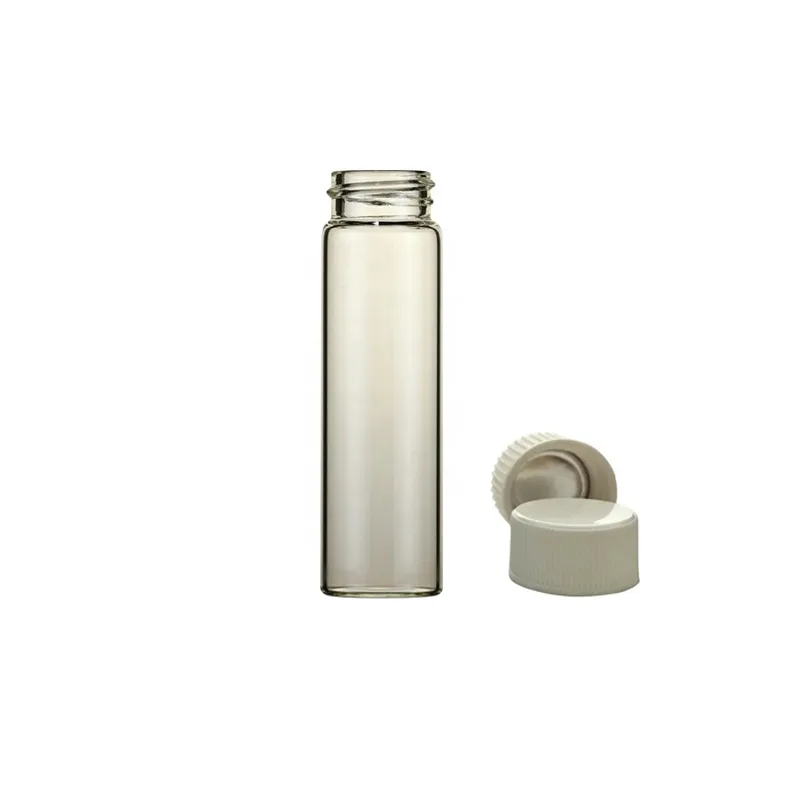
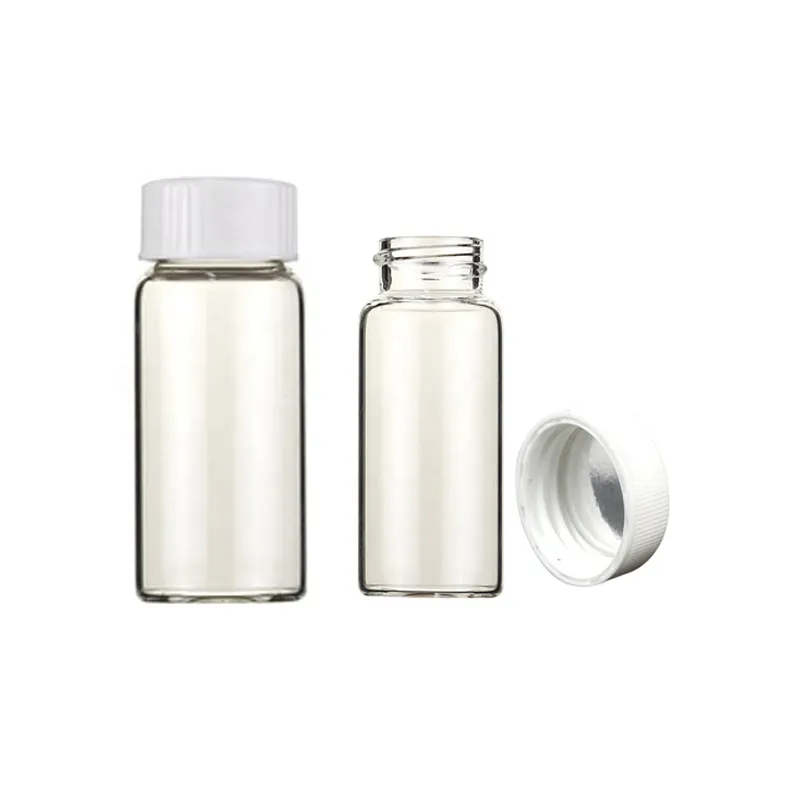
- $232.90
- FREE delivery Sat, Dec 9
“I’ve ordered several of these over the years. They’re high quality, sturdy, and as advertised. The packaging is also excellent, I’ve never received a broken vial.”
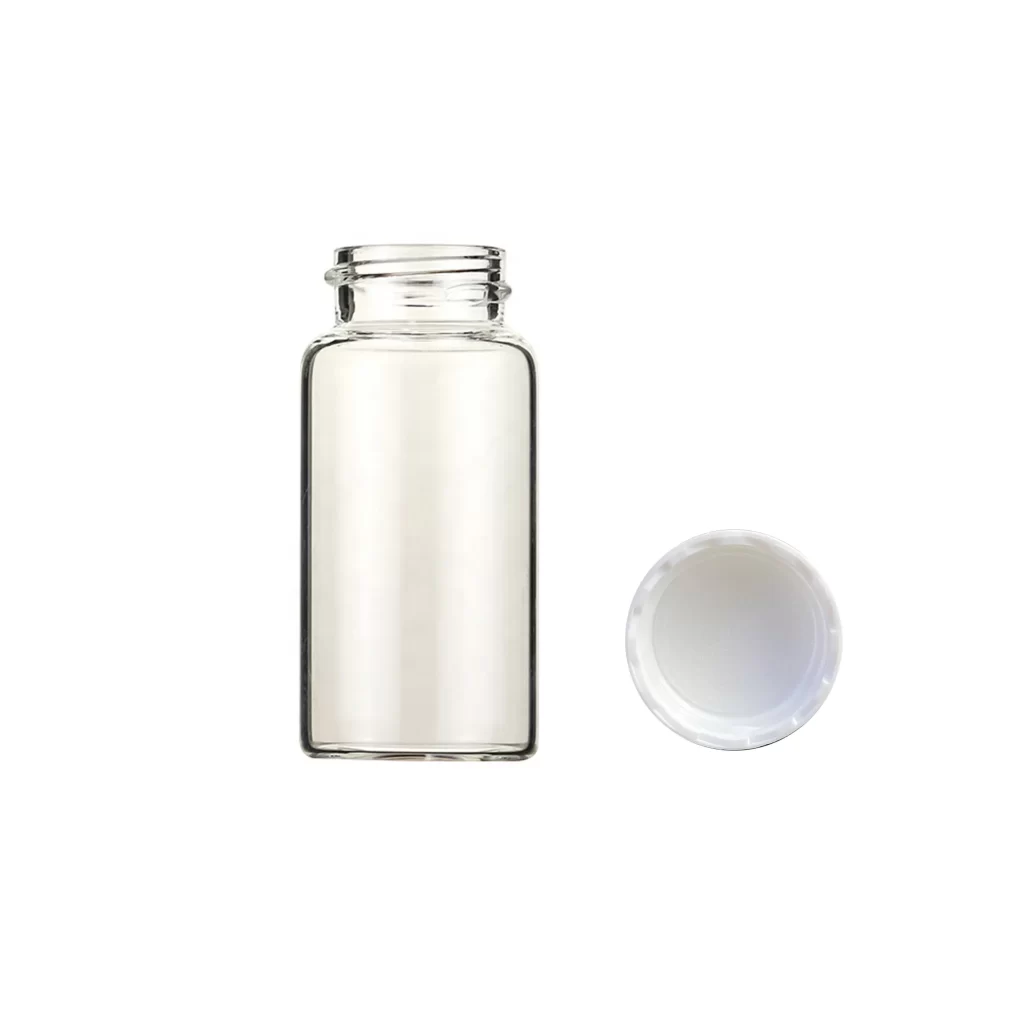

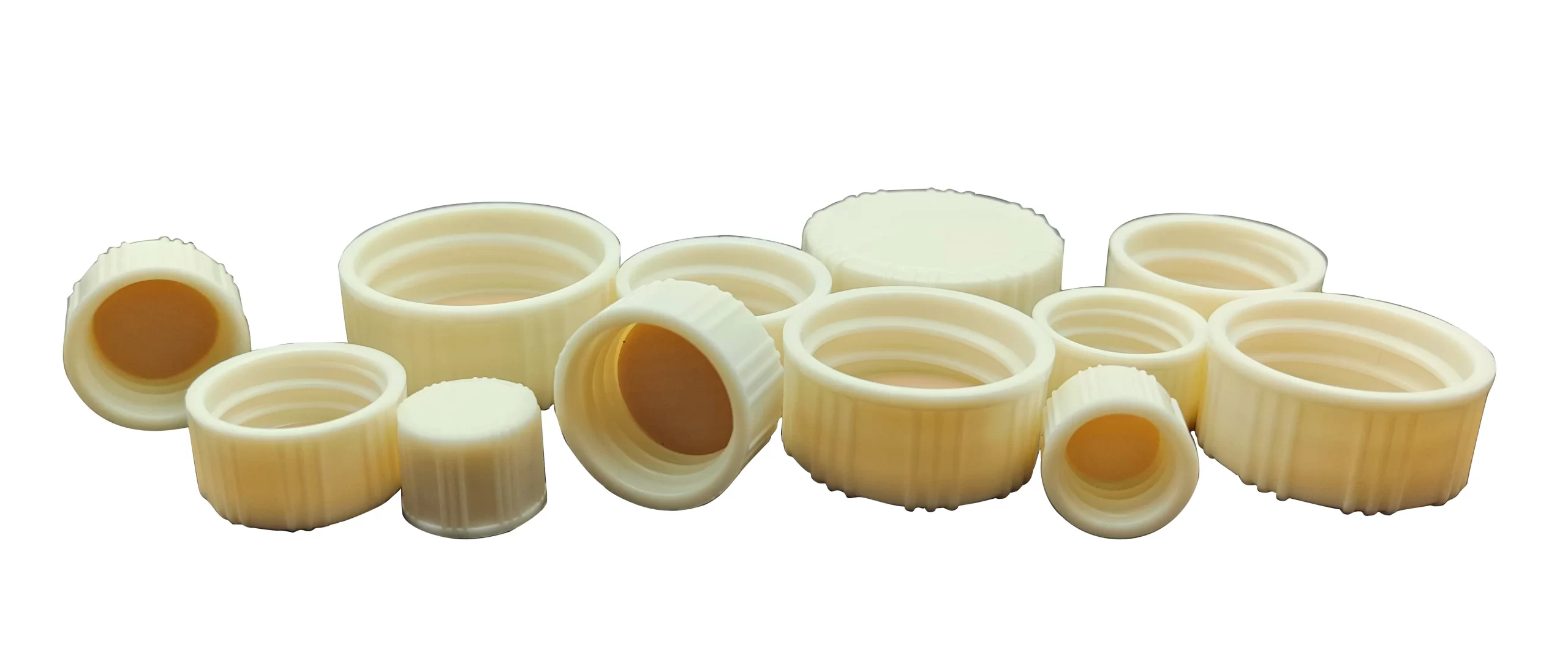
Caps for Solvent Saver Liquid Glass Disposable Scintillation Vials
Use as replacement caps or for disposable scintillation vials that are provided without caps
FAQs about Scintillation Vials
The weight of a scintillation vial can vary based on its size and material. Typically, a standard 20ml glass scintillation vial weighs approximately 20 grams. However, it’s essential to check the specific specifications provided by the manufacturer, as different vials may have slight variations in weight. Additionally, disposable scintillation vials made from materials like plastic may have different weights compared to glass vials.
In general, scintillation vials are not autoclavable. Autoclaving involves high temperatures and pressures, which can compromise the structural integrity of scintillation vials, especially those made of glass. The heat and pressure may lead to breakage or distortion of the vial, affecting its performance. It’s essential to check the manufacturer’s specifications for each specific type of scintillation vial, as some plastic variations may be autoclavable, but this is not a universal feature for all scintillation vials.
The purpose of scintillation in the context of scintillation vials refers to a phenomenon involving the emission of light when certain materials are exposed to ionizing radiation. In the field of radiation detection and measurement, scintillation detectors use scintillating materials inside vials to convert incoming radiation into flashes of light. This light is then detected and analyzed to determine the presence and intensity of ionizing radiation. Scintillation vials are crucial components in liquid scintillation counting, a technique used for measuring radioactivity in various scientific applications, including nuclear and life sciences research.

 Italiano
Italiano Português
Português
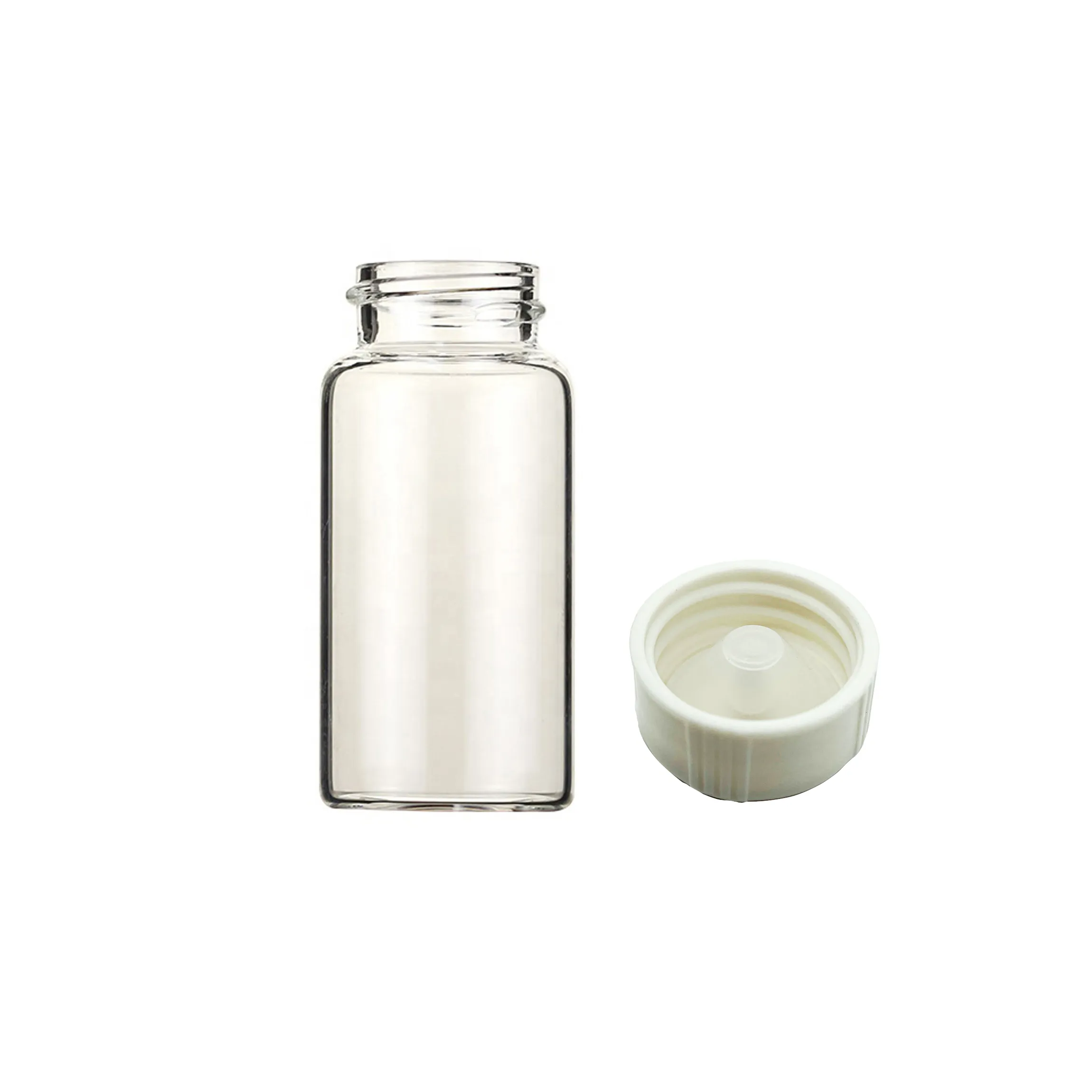
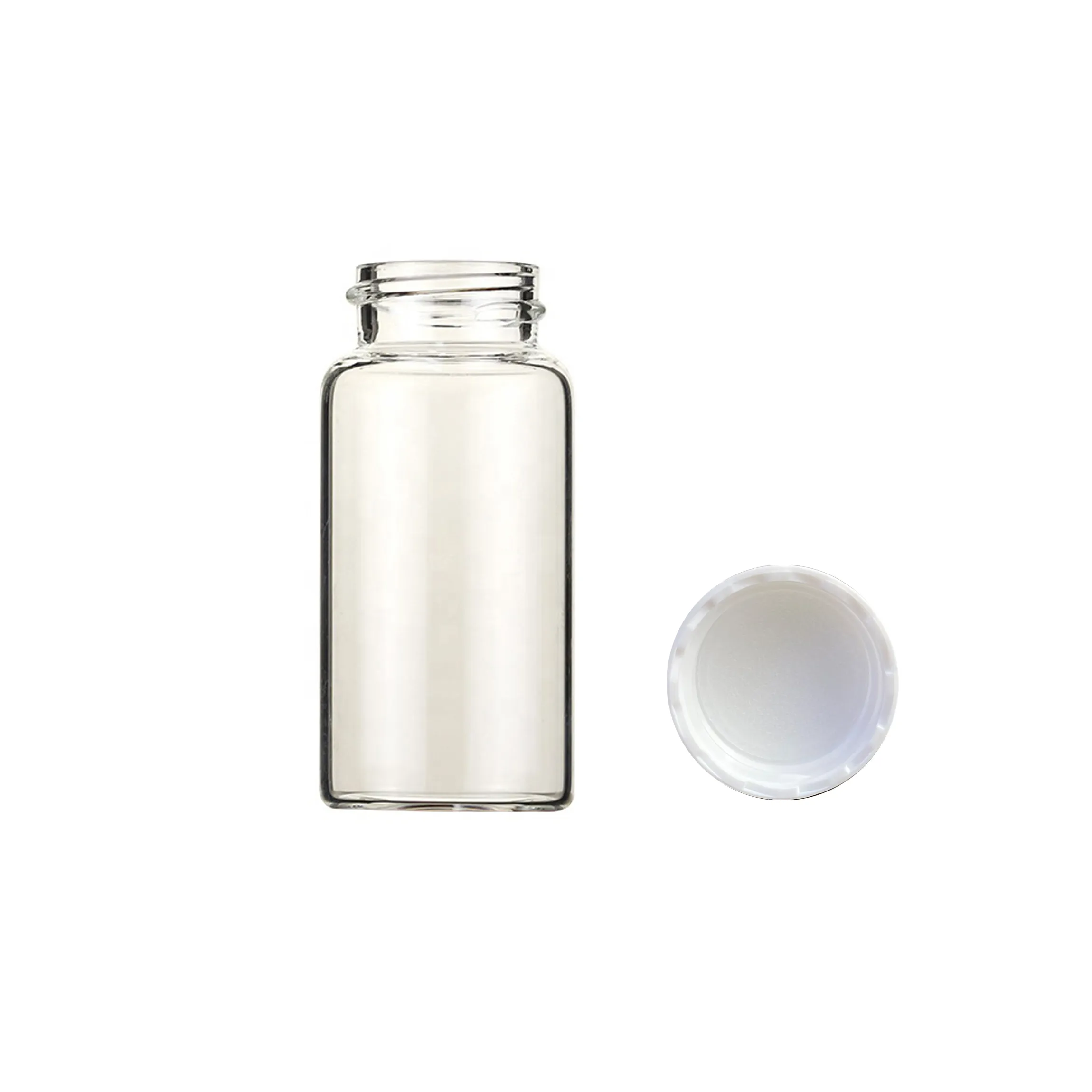
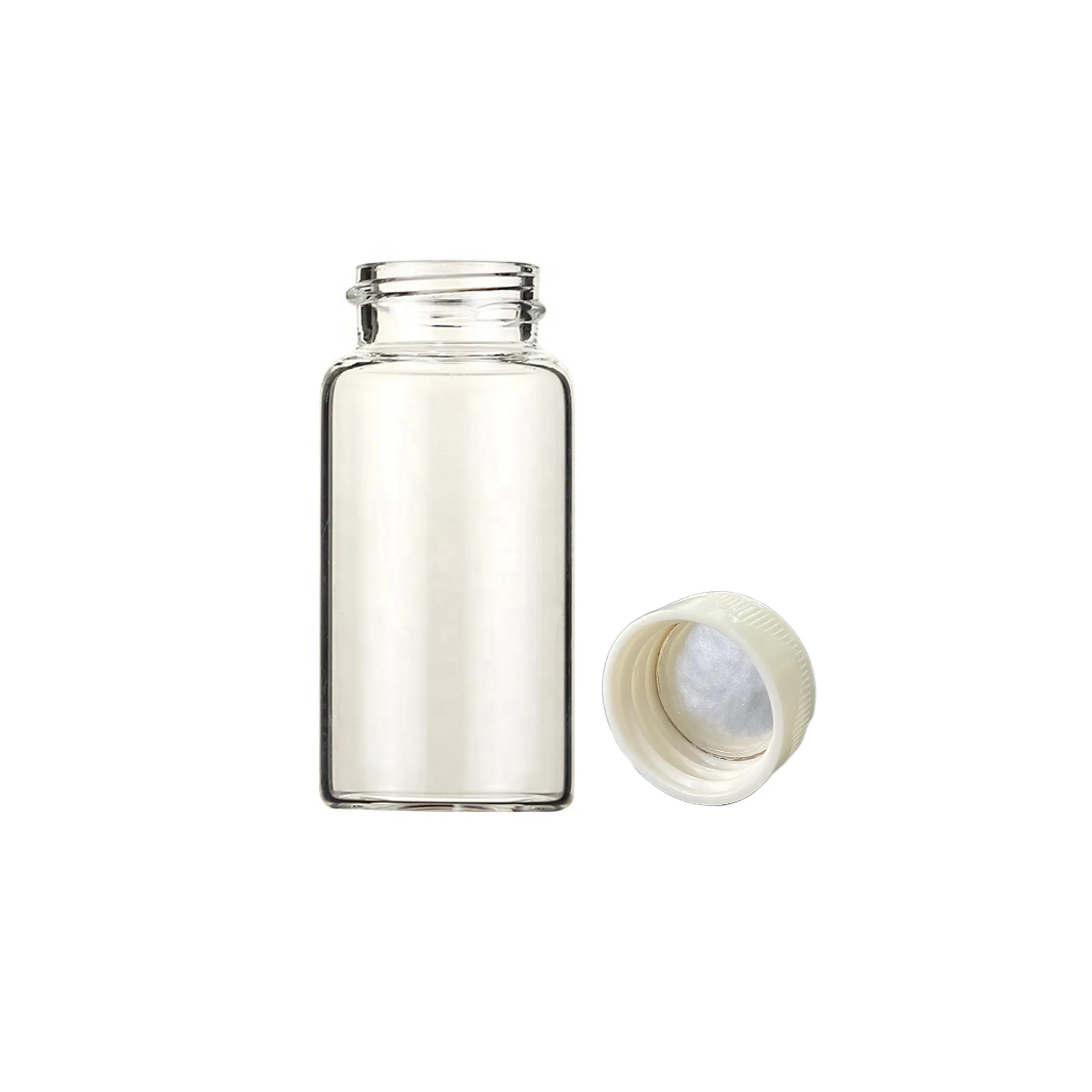
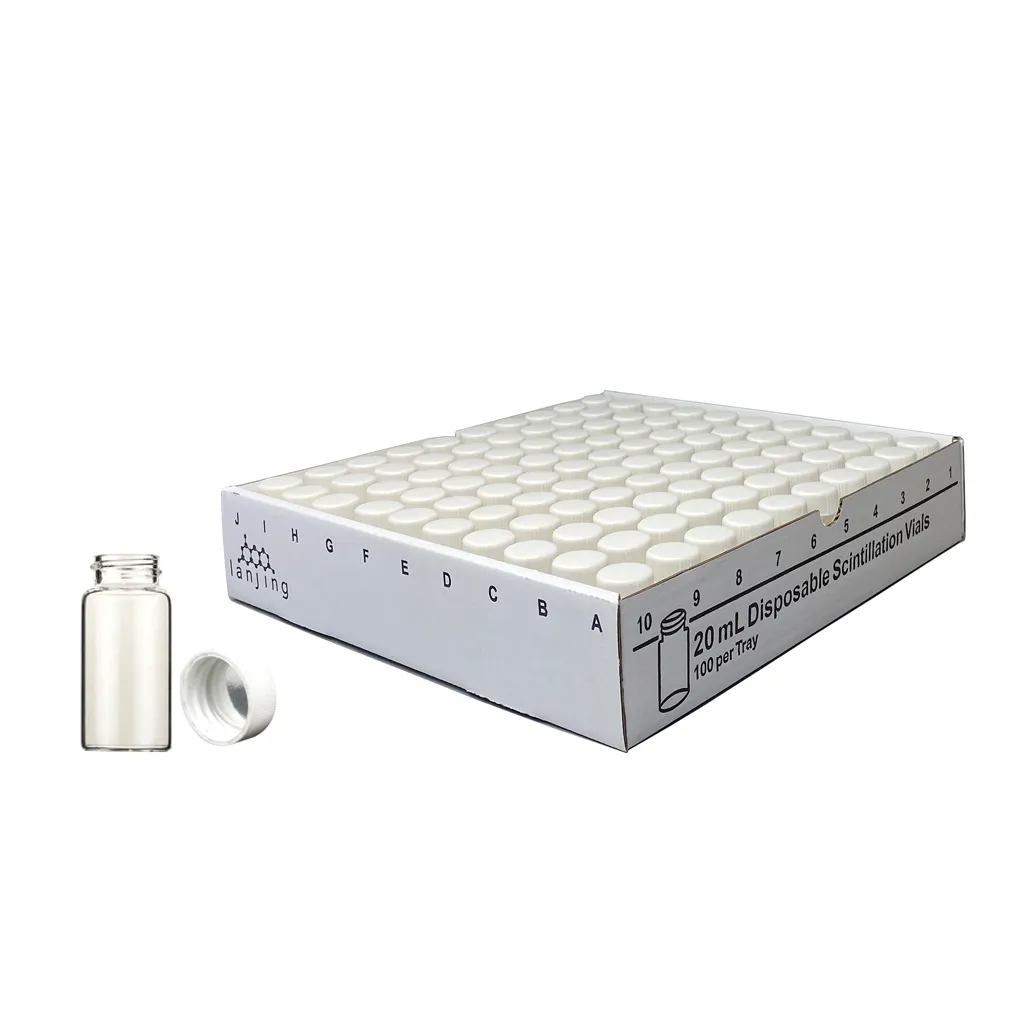
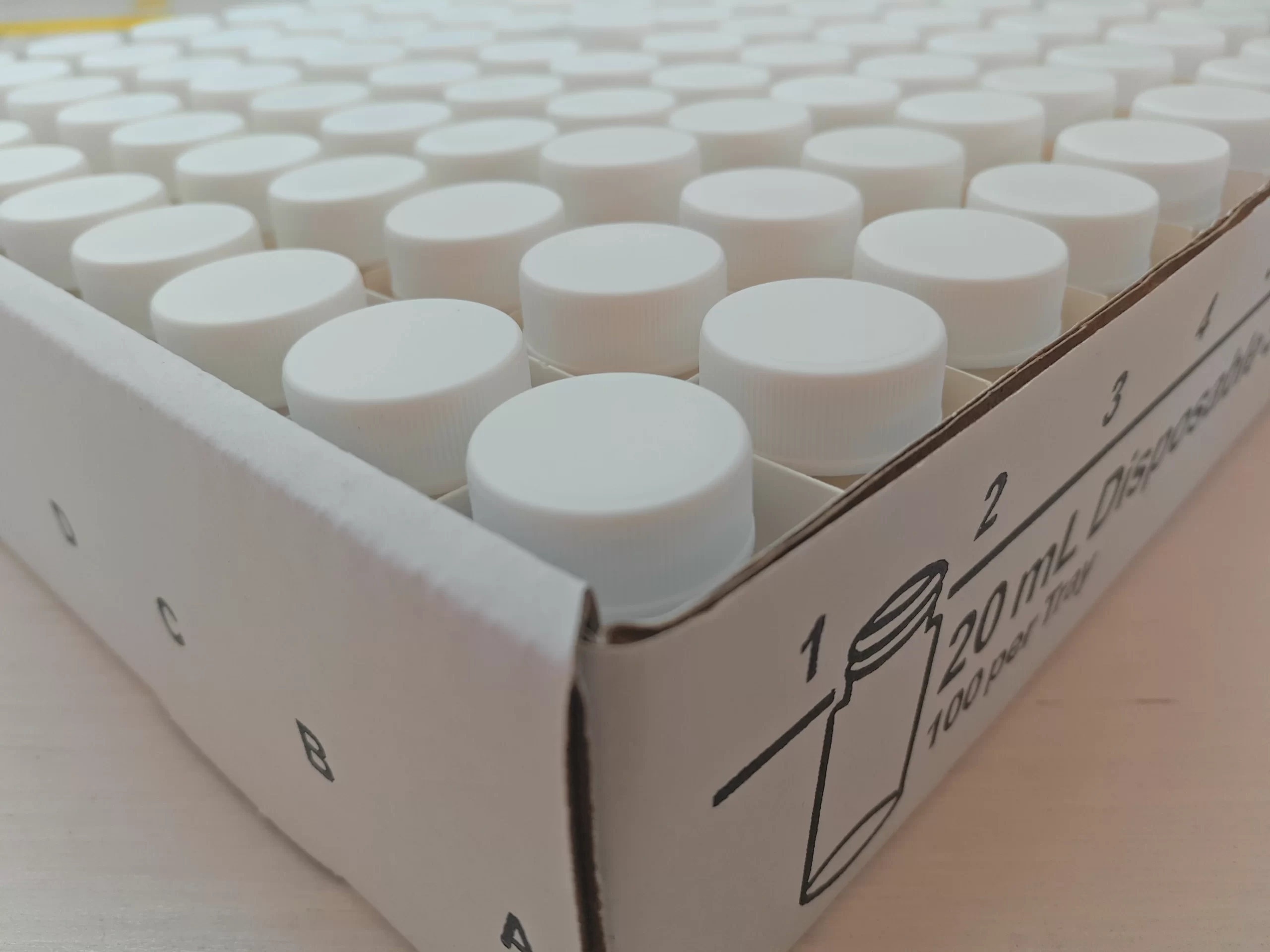
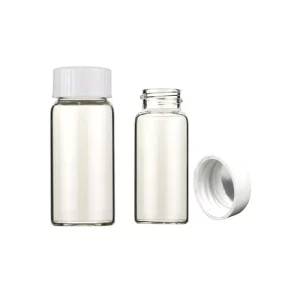
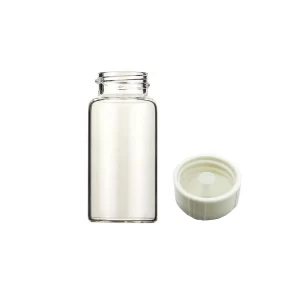
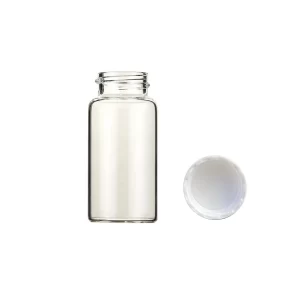

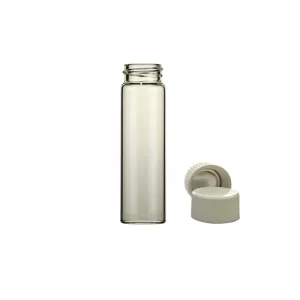
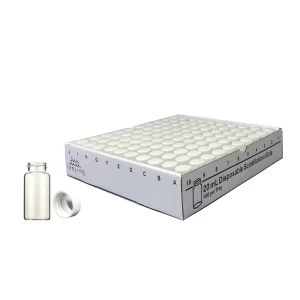
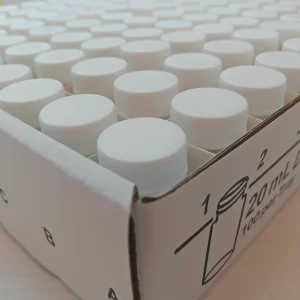
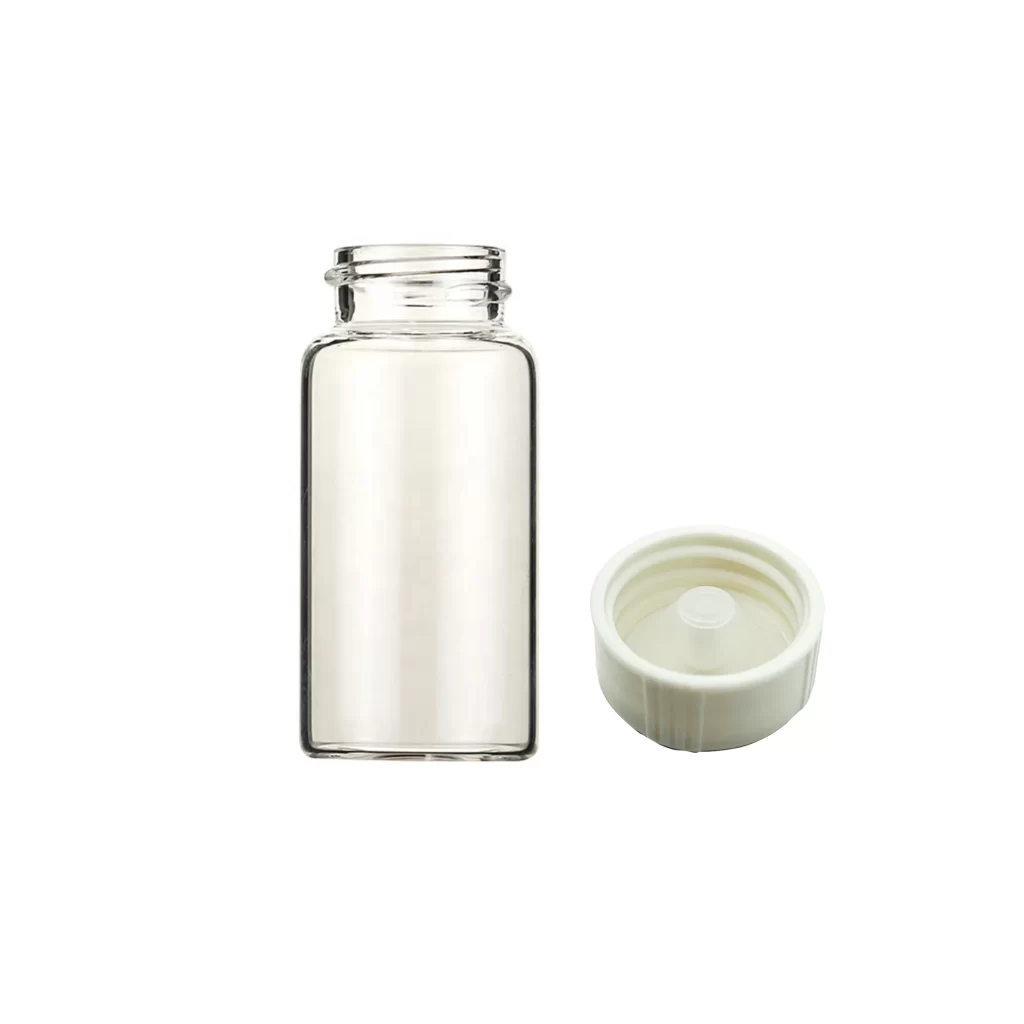
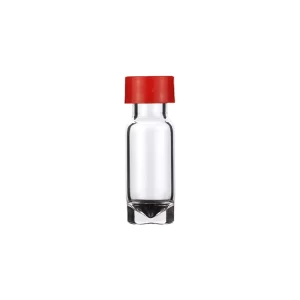
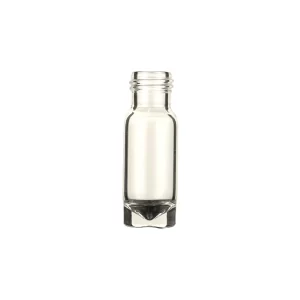
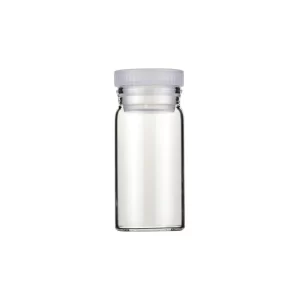
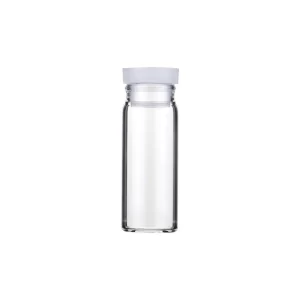
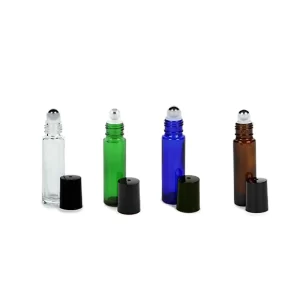
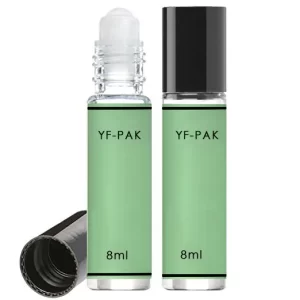
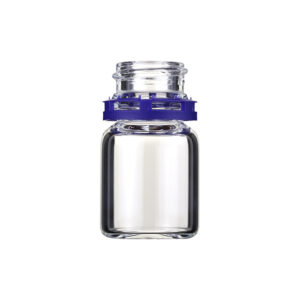
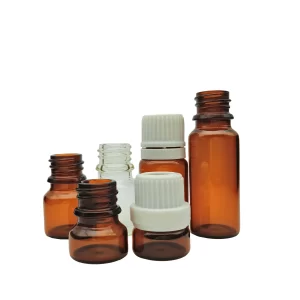
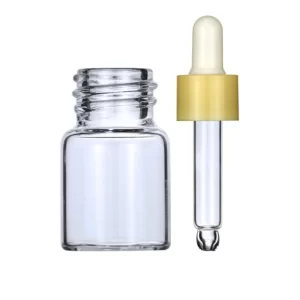
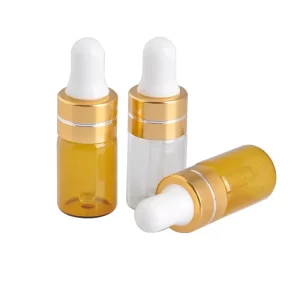
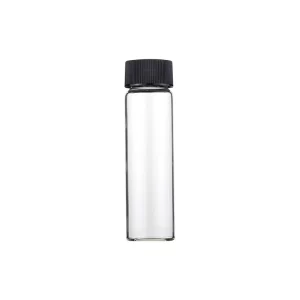
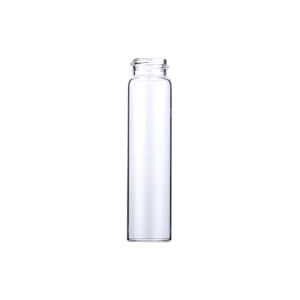
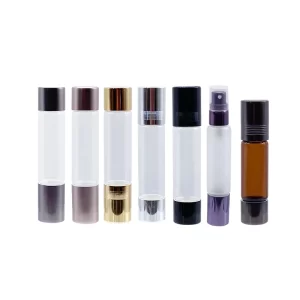
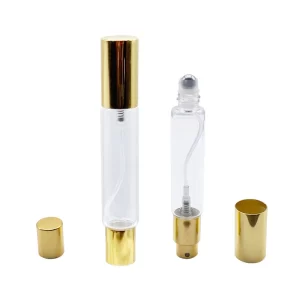
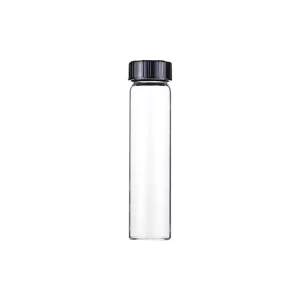
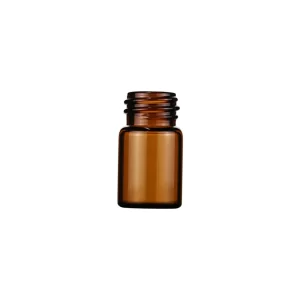
Javier –
Very interesting topic, regards for putting up.Raise blog range
My homepage – Chase_N
vorbelutr ioperbir –
Very interesting subject, thanks for posting.
tlover tonet –
Thanks for another informative blog. Where else could I get that kind of info written in such an ideal way? I’ve a undertaking that I’m simply now working on, and I have been at the look out for such information.